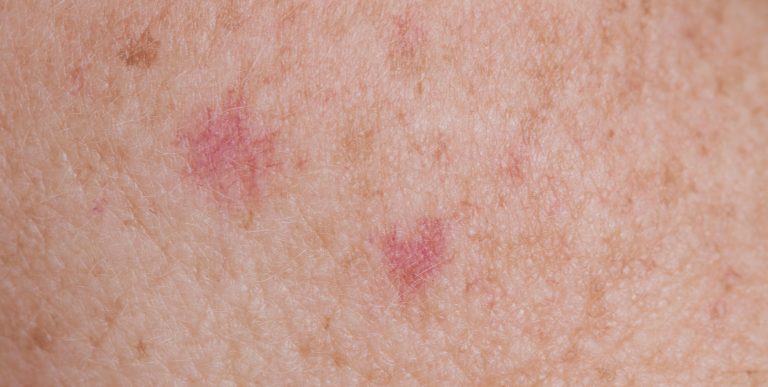
What is Basal Cell Carcinoma?
One of the most common types of skin cancer, Basal Cell carcinoma (BCC) is often found on the head and neck area. There are many different subtypes of BCC and this is important as depending on the subtype your Dermatologist will offer you the best treatment advice. BCC often grows slowly and are most often seen in people with fair skin and sun damage. They rarely have a risk of spreading to other parts of the body (unlike squamous cell carcinoma) but if untreated grow large, ulcerate and become destructive to local and underlying structures.
How is BCC treated?
There are multiple described treatments for BCC. At Q Dermatology our dermatologists will take into account your age and health issues, location and size of the BCC, as well as the certain subtype of BCC or whether or not it has nerve involvement. Possible treatment modalities include:
Mohs surgery
This procedure offers the highest chance of cure from any treatment available, while conserving healthy tissue around the skin cancer. You can be confident that the cancer has been removed the first time without having to be re-excised. It is often reserved for BCCs of the head and neck or hands and feet. (To read more, click here to go to Mohs surgery section)
Standard surgery
The lesion is surgically removed, along with an area of surrounding skin as a safety margin. The site is then closed with stitches and the specimen is sent to pathology for microscopic examination to ensure the tumour is all clear. If the tumour extends to a peripheral edge, re-excision must occur to completely remove the cancer. Usually reserved to the trunk, arms and limbs.
Photodynamic therapy (PDT)
Using a cream and a light source, this minimally invasive treatment is well tolerated, and mainly used for small early BCCs or superficial lesions. One of our dermatologists will prepare the area with light curettage before a topical photosensitising agent is applied to the affected area. After it has had time to be absorbed, the photosensitising agent is then activated by a specific wavelength with a special light. The activated agent selectively destroys only the skin cancer cells, with minimal damage to the surrounding tissue. PDT can produce an excellent cosmetic result with minimal scarring, but is only used for low risk skin cancers. Talk to your dermatologist to decide if this is an appropriate treatment for you. Medicare does not provide a rebate for PDT, so you will be given an out of pocket cost prior to the procedure.
Topical creams
A cream can be used for treatment of superficial cancers. The treatment course is 6 weeks and is operator-dependent. Talk to your dermatologist to see if a cream can treat your skin cancer.
Cryotherapy
Cryotherapy (also known as Cryosurgery) destroys tumour tissue through freezing. Repeated sessions of treatment may be required to achieve total destruction of the tumour cells. This freezing technique is useful in treating superficial BCCs, in patients who are intolerant to anaesthesia medications or patients with bleeding problems.
Radiation therapy
In radiation therapy, X-ray beams are directed to the tumour site. This is a useful treatment for patients in poor general health, the elderly, and for conditions where surgical treatment is contraindicated.